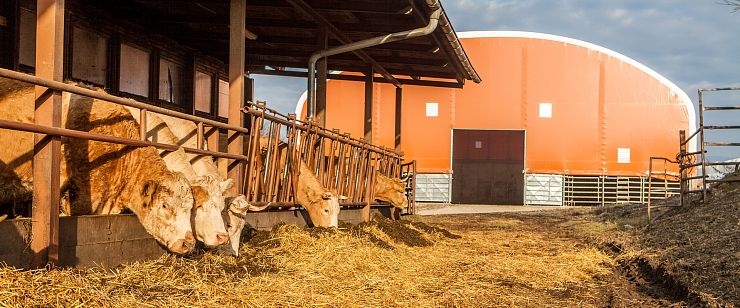
- Agriculture
- Date added 06. 10. 2021
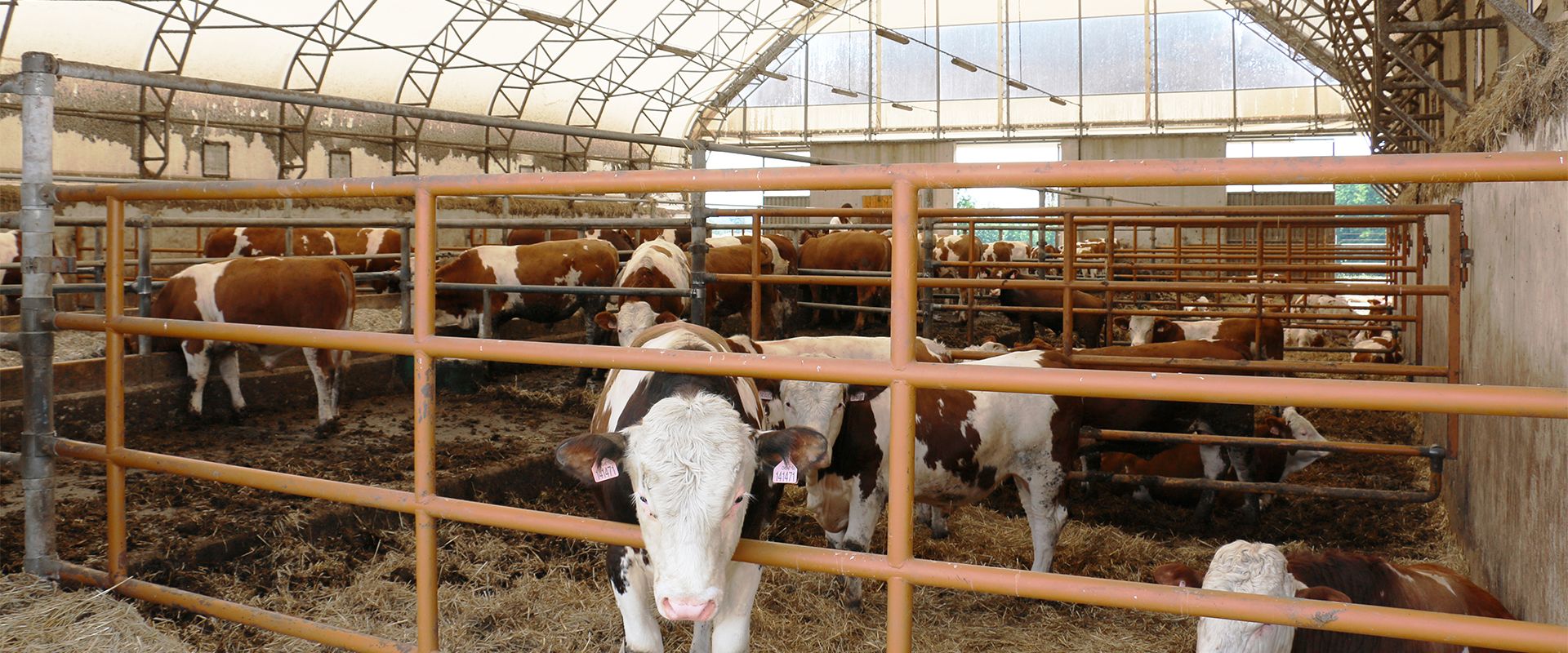
Not every bio is the same. Organic farming is defined by many rules, which specify the composition and origin of feed, principles of health care of livestock, overall ecological sustainability of the farm and, last but not least, method of animal stabling. That is what we will have a closer look at, down to the claw, so to speak, in our case.
Organic farming has enjoyed huge progress in the Czech Republic since 1990. The demand for organic food is increasing and the number of farmers engaged in organic breeding and growing is fortunately rising. At the end of 2017, the Ministry of Agriculture registered almost 4,400 farmers utilizing a total area of over 520 thousand hectares. Just to compare, in 1990, only 3 farms were dedicated to organic farming.
Obtaining a certificate for biological breeding, however, is not a matter of one day and a momentary decision, it is necessary to meet clearly defined rules. The most evident one is the way of stabling the animals. A classic cow shed, pig house or prefabricated hall for cattle are absolutely fine if you provide the animals with the most important thing – free outdoor movement on grazing land. Free grazing land or arched hall?
Organic farming allows two ways of raising animals: year-round stabling on grazing land or in a stable with free access to an outdoor run. With both types, you can make use of several types of agricultural halls.
Year-round raising on grazing land is particularly good for meat cattle or horse breeding. Animals are in their most natural environment, on which organic farming places great emphasis. Year-round outdoor raising of animals is only possible in areas with favourable climate, which is definitely the case of the Czech Republic. However, it is obvious that only breeds without any problems with year-round outdoor raising can be bred in this way.
Dairy cattle, pigs and poultry, on the contrary, are more often housed in stables with the possibility of free run whenever the outdoor conditions allow. Your obligation is to provide animals with free access to the run or grazing land at least twice a week. If you do not have a meadow available, even a sufficiently dimensioned outdoor run will be enough; it may be roofed partly.
Not everyone is willing (or can even afford) to build a classic brick cow shed or pig house. In such a situation, it is suitable to consider a prefabricated hall with steel structure for cattle. This alternative is particularly advantageous for its variability. It can be built almost anywhere and the dimensions can be adapted to your specific requirements. You can therefore use the hall not only as a stable, but also if you, for instance, need to cover an existing silage pit. You are also free to modify the internal layout. As a last resort, a prefabricated hall can also be moved to another place.
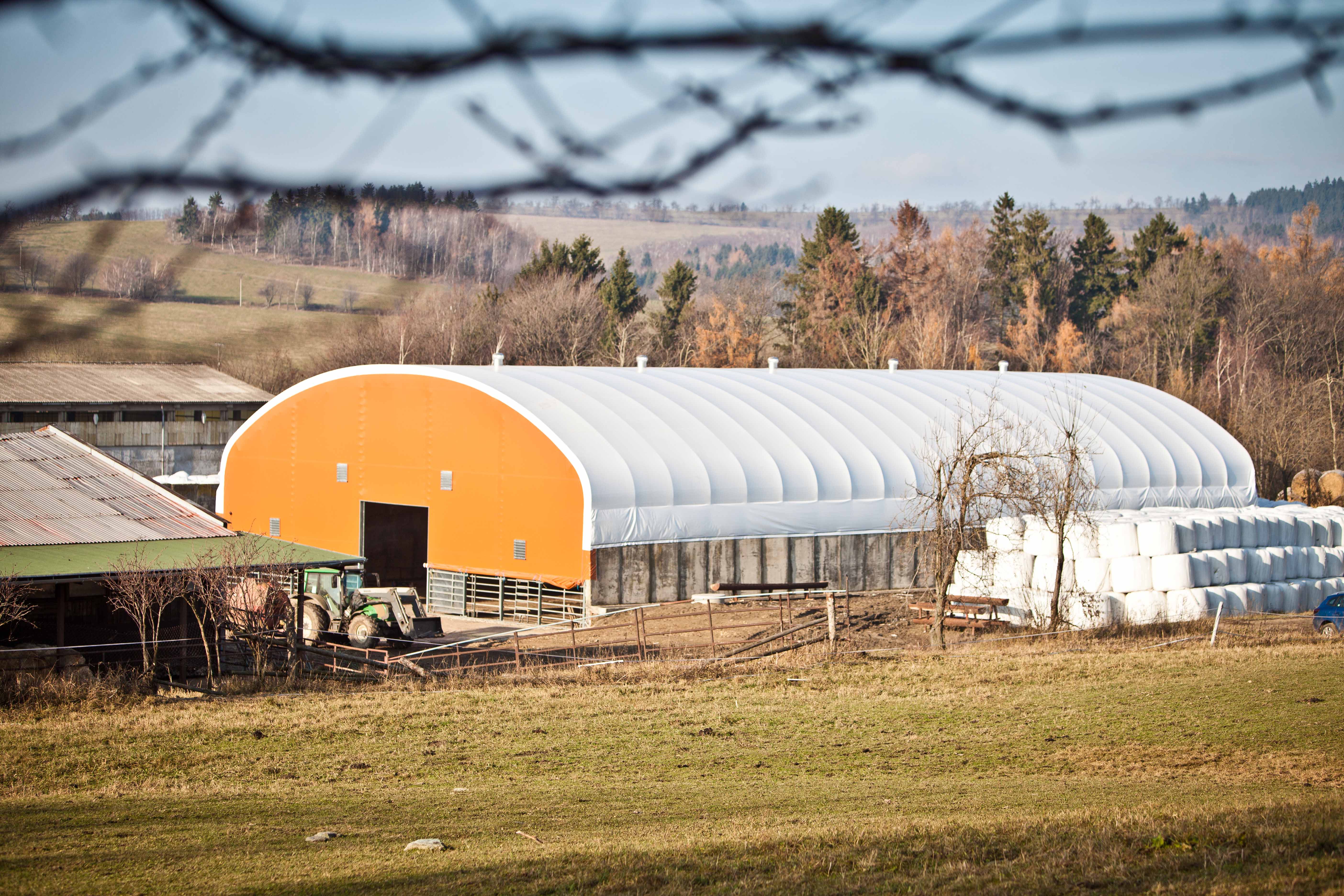
As mentioned above, animals must not be tied up. Their comfort and ""welfare"" are important, which can be called convenience. The welfare principles are:
Animals are used to living in herds by nature, so allow them to. They will themselves create a hierarchy among themselves to function. An individual approach by the breeder is not required in the ecological environment. For more about the basic freedoms of animals, see the article When a cow is under cover...a prefabricated hall as liberation from discomfort, fear and stress!
Animals must have in the stable a sufficiently large area to relax, which should be dry and laid out with straw (or another natural material). At least half of the overall internal area of the stable should have a hardened surface; place grate plates lie in the corner.
Remember that pregnant cows and sows need a calm place to give birth and stay with their young for some time separately from the rest of the herd. In a big hall, it can easily be solved by means of a separate pen; for outdoor animals, a small arched hall, in fact, a variant of a canvas shelter, is sufficient.
Organic breeding of poultry is a separate chapter. Hens really do not belong in cages. Whenever the weather allows it, they should have access to an outdoor run, at least for a third of their lives. The run should be covered in vegetation and provide the possibility of shelter. It is suitable to equip the run with protective netting against predators.
Again, poultry houses can easily be created from a prefabricated hall. At least one-third of the floor area must be hardened and covered in bedding. According to the kind of poultry, adapt the required number of roosts and nesting places. Special conditions apply to waterfowl, such as ducks, geese and their crossbreeds – water birds need running water, a pond or pool for a content life.
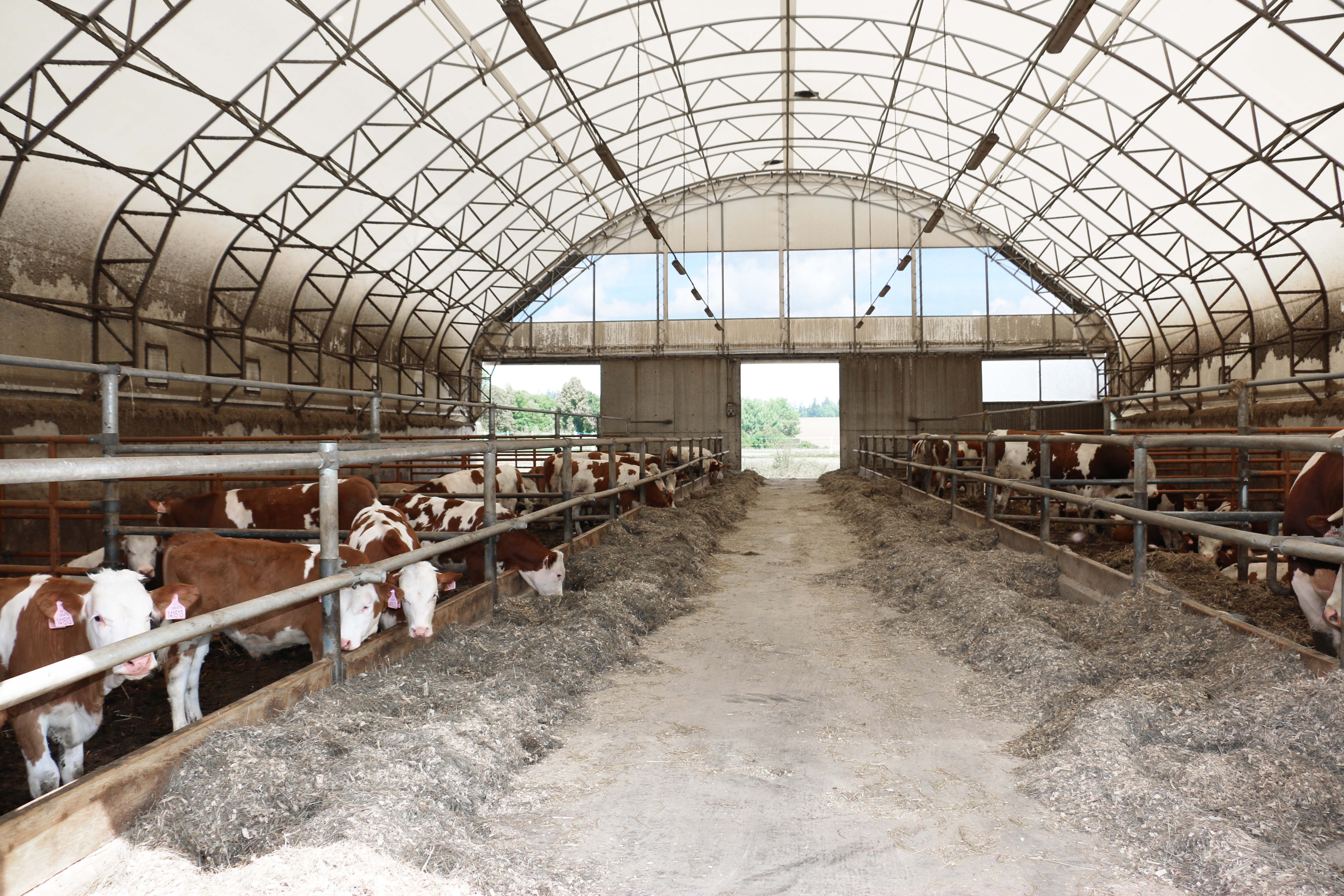
As we mentioned at the beginning, you cannot label your breed as bio overnight. Moving from conventional to organic farming, you must go through the so-called transition period, which differs in length depending on the involved part of the farm. The transition period for cattle breeding is 12 months, for pastures 24 months. The absolutely longest period applies to arable land, with which one must count on 36 months.
Definitely stabling of animals in organic farming is not anything you should be afraid of. Particularly if you have a prefabricated agricultural hall which can be used not only as a stable, but also for storing feed, bedding or agricultural equipment.
And what about your cattle, have they a place to sleep?
View the agricultural constructions we have implemented in References - Agricultural halls.
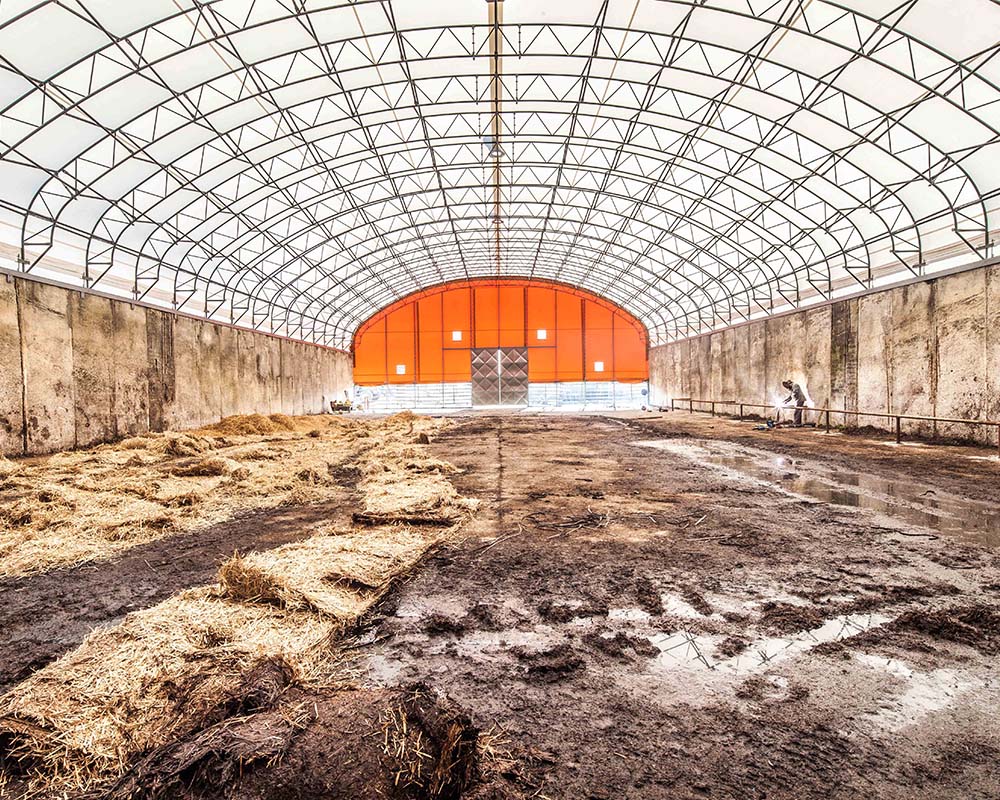

By sending this form you consent to allow us to store your personal data in accordance with the provisions of Section 5 (2) of Act No. 101/2000 Coll., on the protection of personal data, as amended. You consent to allow the personal data you provide here to be processed and stored in an electronic database, solely for the purposes of tenders and for a maximum of 1 year. Your consent may be revoked at any time, in writing or by electronic means.
I understand